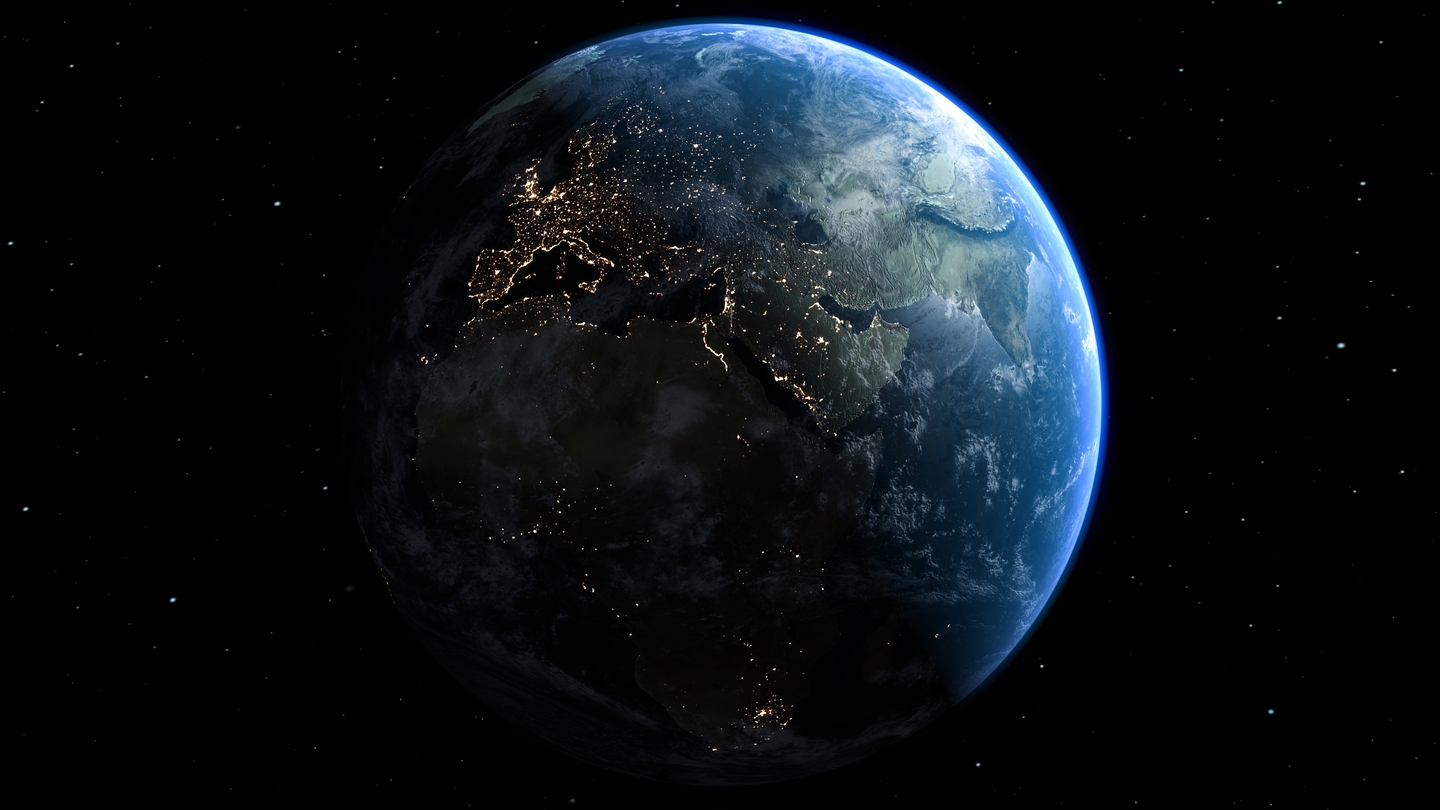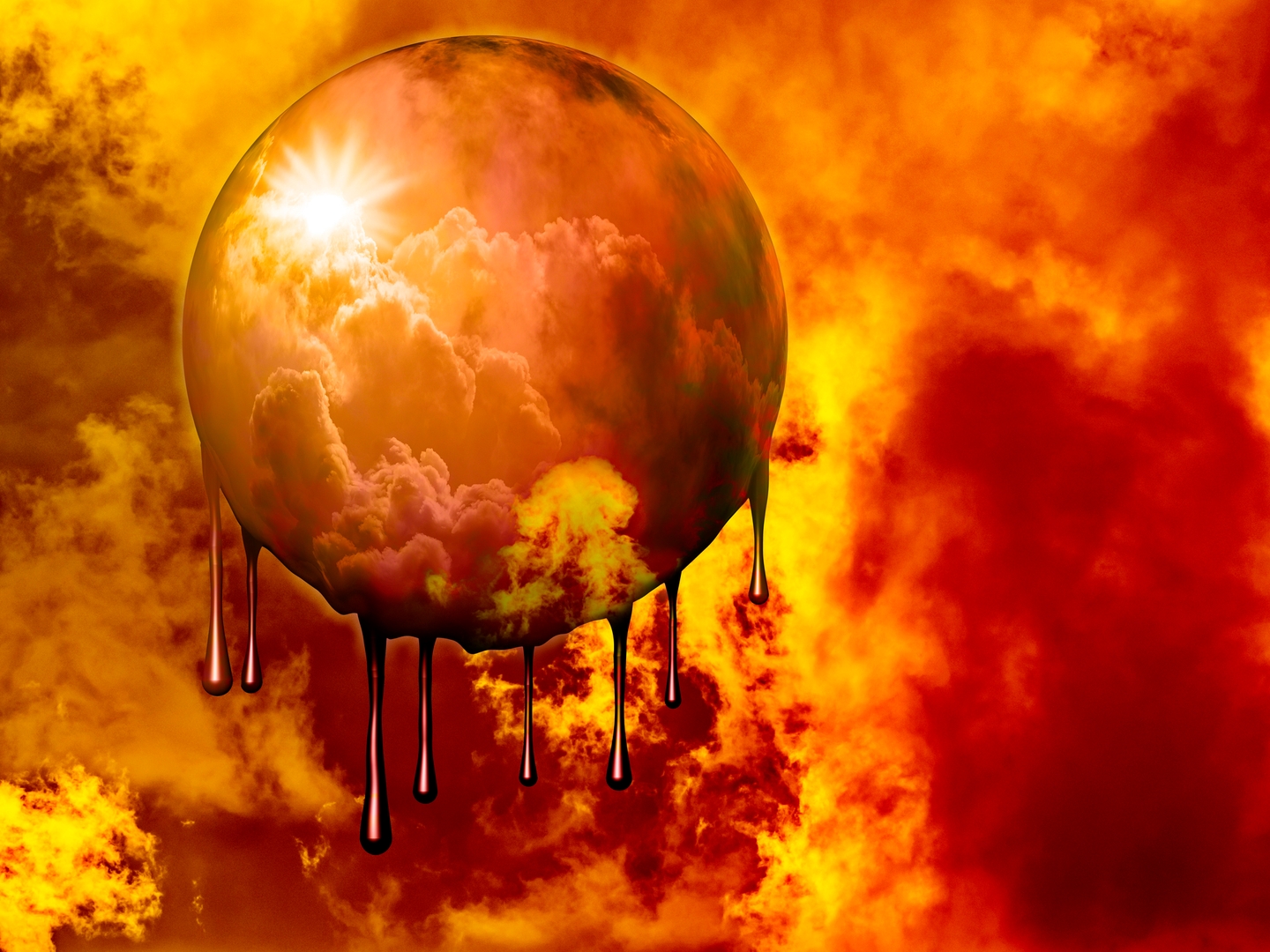It’s not wars, asteroids, or artificial intelligence that pose the ultimate threat to life on Earth — it may be something far more basic: the oxygen we rely on to breathe.
NASA-supported scientists are now warning that our planet’s oxygen supply has a finite lifespan. While a complete collapse could be billions of years away, early signs of decline might appear much sooner than expected.
The unsettling question is this — if the countdown has already begun, how long do we truly have before Earth’s environment becomes uninhabitable?
NASA has released a stark new projection: Earth’s oxygen-rich atmosphere is gradually changing, and researchers now have a clearer understanding of when this could make life as we know it impossible.

Recent decades have been full of doomsday scenarios, from AI threats to potential global conflicts. Now, this newest revelation points to an even more fundamental danger — the slow erosion of the very air that sustains life.
The study, backed by NASA’s Astrobiology Program, indicates that Earth’s oxygen may not remain at current levels as long as previously believed. Scientists predict that within about a billion years, oxygen could drop to less than 10% of today’s levels as the Sun grows hotter and more powerful. However, the early stages of what researchers call “great deoxygenation” could begin much sooner — perhaps within 10,000 years.
“The lifespan of oxygen-rich atmospheres may be shorter than we once thought,” said Christopher Reinhard, co-author of the study and researcher at the Georgia Institute of Technology. Working with colleagues from Japan’s Toho University, Reinhard helped model how increasing solar radiation will eventually disturb the delicate chemical equilibrium of Earth’s atmosphere.

As the Sun’s energy output intensifies over millions of years, Earth’s surface temperature will rise, speeding up the breakdown of carbon dioxide. Since plants require CO₂ for photosynthesis, a sharp drop in carbon dioxide would trigger mass extinctions among plant life, cutting off the main source of atmospheric oxygen.
Without ongoing oxygen production, humans, animals, and most complex organisms would perish, leaving only anaerobic microbes — simple life forms that can survive without oxygen. The disappearance of oxygen would also destroy the ozone layer, exposing the planet to harmful ultraviolet radiation. Lead researcher Kazumi Ozaki warned that this process would eventually produce a methane-dominated atmosphere with very low CO₂ and no ozone protection.
Although the scenario sounds alarming, Earth has experienced a similar oxygen-poor atmosphere billions of years ago, before the “Great Oxidation Event” made complex life possible. Scientists estimate that the complete loss of oxygen is still roughly a billion years away, though the slow decline could begin in the distant future — about 400 human generations from now.
Conclusion:
NASA’s findings highlight that the conditions allowing life on Earth are not eternal. Over geological timescales, the oxygen-rich environment sustaining complex organisms will inevitably vanish. While this process is far from an immediate concern, it serves as a powerful reminder of Earth’s fragility and the delicate balance that keeps life thriving.
